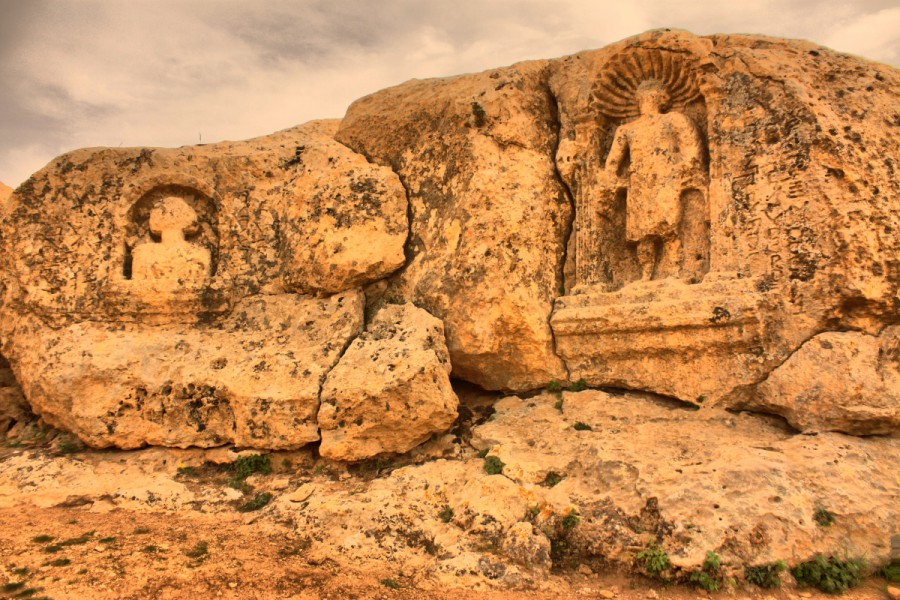Harran University and Grand Mosque
HARRAN UNIVERSITY
Harran is a center of science and knowledge with one of the world's first universities. Harran is the school where many scientists such as the famous medical and mathematical scholar Sâbit bin Kurrâ, the famous astronomer Al-Battani who first correctly calculated the distance from the earth to the moon, Jabir bin Hayyan who is considered the inventor of the atom and algebra, and the famous religious scholar Sheikh al-Islam Ibn Taymiyyah were trained and taught... Ö as of Harran, the City Where Civilizations Were Born and Met...
Harran is the center of the "Harran School", one of the three major schools of philosophy in the world... When we examine the history of Urfa, we see the "Harran School of Philosophy" and "Urfa (Edessa) School of Philosophy" We see two schools of thought that emerged as.
The translations made by the translators in Harran from Latin works on Greek Philosophy into Arabic played an important role in the formation of these schools. In this way, western philosophy was reinterpreted and contributed to the formation of Islamic civilization. Later, during the Age of Enlightenment, the West translated the western philosophy interpreted by Islamic scholars into their own language and created today's they created western civilization.
Currently, the works of scholars who were educated at the Historical Harran University are taught as textbooks in western universities and there are courses named after them.
HARRAN GRAND MOSQUE
Harran came under Islamic rule in 640 AD during the reign of Caliph Hz. Ouml;mer. Harran was also the capital for a while during the Umayyad period of the Islamic era, during the reign of the last Caliph, Mervan II. One of the important works of the Islamic Period, the Ulu Mosque or Paradise Mosque is located on the northeastern skirt of the Harran mound. The eastern facade of the mosque, its mihrab, fountain and a large section of the minaret have been preserved. The Harran Ulu Mosque, the oldest mosque built in Islamic architecture in Turkey, was built between 744-750 AD during the Umayyad period by Caliph Mervan II and was later repaired at various times. The Ulu Mosque is 104x107 m. It covers an area of 105 steps, the wooden stairs of the minaret, which had disappeared over time, were rebuilt with 105 steps, true to the original.

